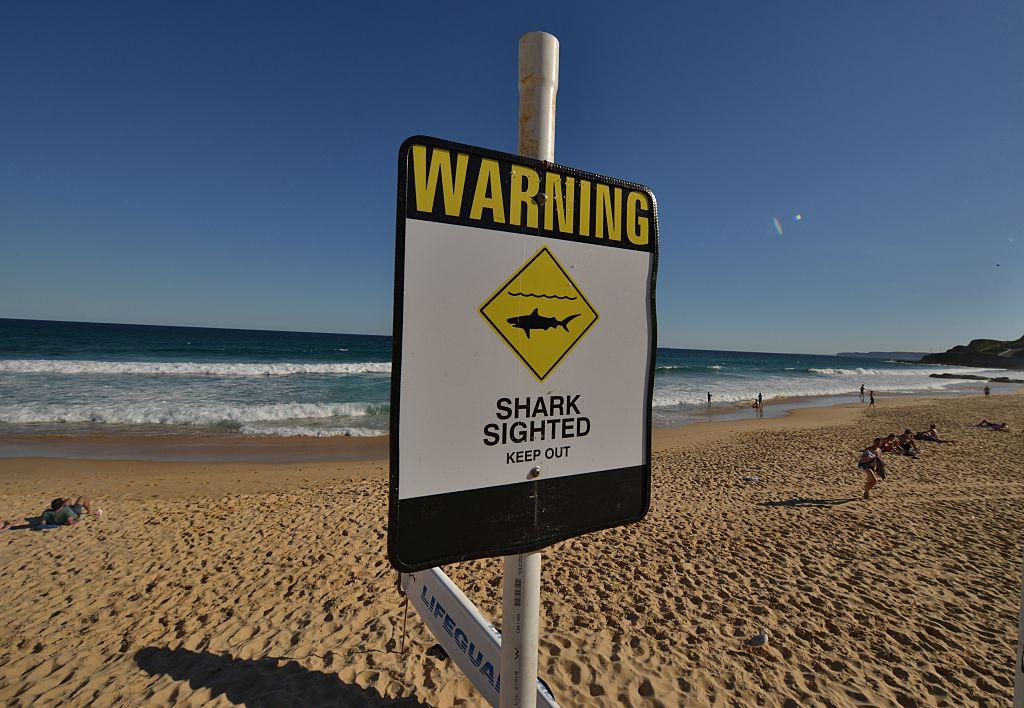Last year, Australia found itself at the forefront of a rather grim leaderboard, becoming the world’s capital for shark fatalities, with a staggering four out of 10 global deaths.
South Australia’s Eyre Peninsula emerged as a particularly tragic hotspot, with three lives lost to the ocean’s apex predators.





